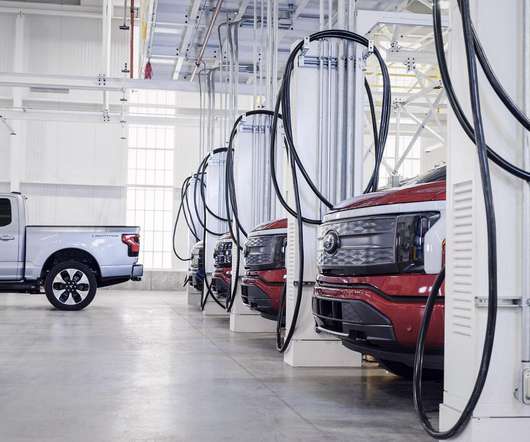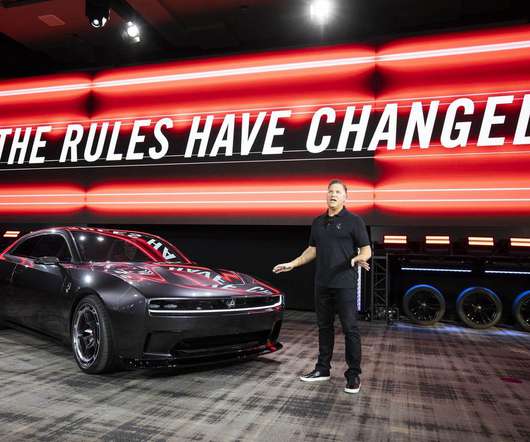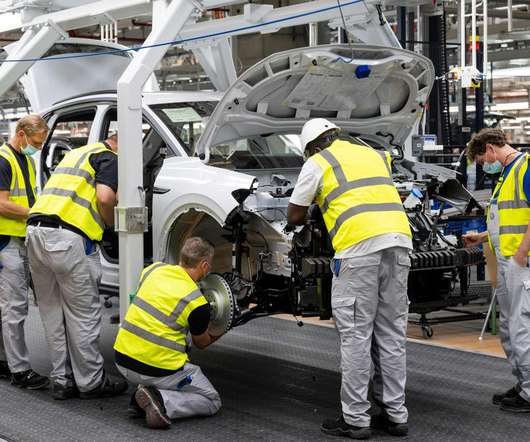NASEM announces provisional committee for new study on life cycle analyses of low-carbon fuels
Green Car Congress
MAY 1, 2021
Thomas, PhD, Chair, Georgia Institute of Technology. Dunn, PhD, Northwestern University. Gurian, PhD, Drexel University. Hill, PhD, University of Minnesota. Madhu Khanna, PhD, University of Illinois, Urbana-Champaign. Michalek, PhD, Carnegie Mellon University. Scown, PhD, University of California, Berkeley.
















Let's personalize your content